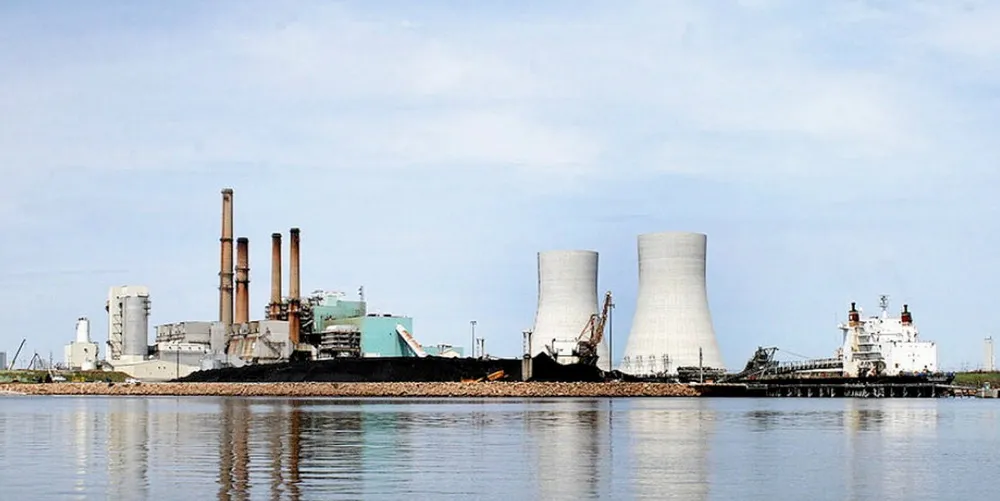'No time to lose' | 'Region-wide' US offshore wind grid planning could save $20bn: Brattle
Report by Boston-based consultancy urges greater interstate planning and coordination with federal agencies to resolve future transmission bottlenecks for sea-based power production
